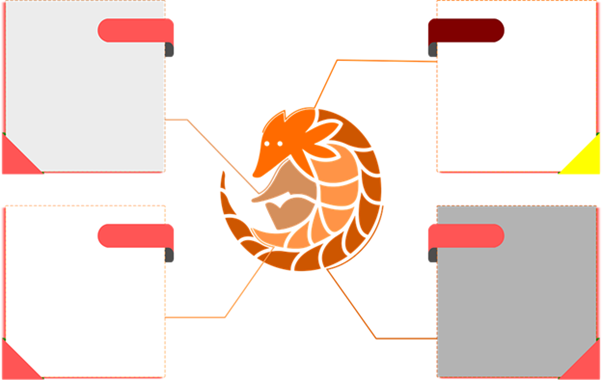A non-fungible token (NFT) is a digital asset class listed on the blockchain-powered ledger that validates its authenticity and non-interchangeability. In simple words, NFT is like a contract confirming that a digital piece is original while others are duplicate items.
This digital asset has captured the collective imaginations of the art world and crypto investors. The evolving NFT has introduced a new way to invest in digital products such as fine art, pictures, music, scripts, and many more.
Be it American digital artist Beeple's collages, Twitter Dorsey's first tweet, or disaster girl NFTs, investors have shown immense interest in this upcoming market. Influenced by the rising mainstream acceptance of cryptocurrencies and driven by blockchain technology, non-fungible tokens are available to sell and buy on Ethereum-powered NFT launch pads.
The overwhelming support of NFTs for artists and digital creators has spiked this year due to an unprecedented engagement from celebrities and billionaires. NFT shows how easy it is for creators to list and sell their digital work. Moreover, the creator can also get a small percentage of proceedings every time the NFT is resold. Investors have been making a big profit by trading in these authenticated art pieces.

Source: Pixabay.com
A Simple Guide For Your First NFT Transaction
The process of developing NFT and listing it up for sale on a blockchain-backed marketplace has the following steps:
- The first step is to ensure that the digital art or item is unique or original and not a duplicate.
- Make sure this digital item you plan to convert into an NFT is easily accessible and exists on decentralised blockchain systems. Accessing it should be as simple as viewing or posting a photo on Instagram.
- Next, the seller and buyer need to sign up themselves on a NFT wallet, such as OpenSea or Metamask. These crypto wallets do not contain any money and can be managed via both private and public keys. The public key an address like the Google Pay ID, which can be shared with others for transactions. The private key, as the name suggests, like an ATM or debit card pin that held by the user to unlock personal wallet and transfer crypto coins.
- The buyer or the seller can also opt for Ethereum-based wallets that store crypto coins such as MetaMask (the most commonly used Ethereum wallet). However, such wallets store both private and public keys via browser's data.
- Load up the wallet with Ether token that can be used in any NFT auction platform or a blockchain-powered NFT launch pad.
- In the final step, select an NFT auction platform and join it through the crypto wallet to buy and sell digital assets. There are hundreds of NFT platforms. Some popular ones are Crypto.com, Rarible, SuperRare, and Nifty Gateway.
Happy NFT Investing!
.jpg)




